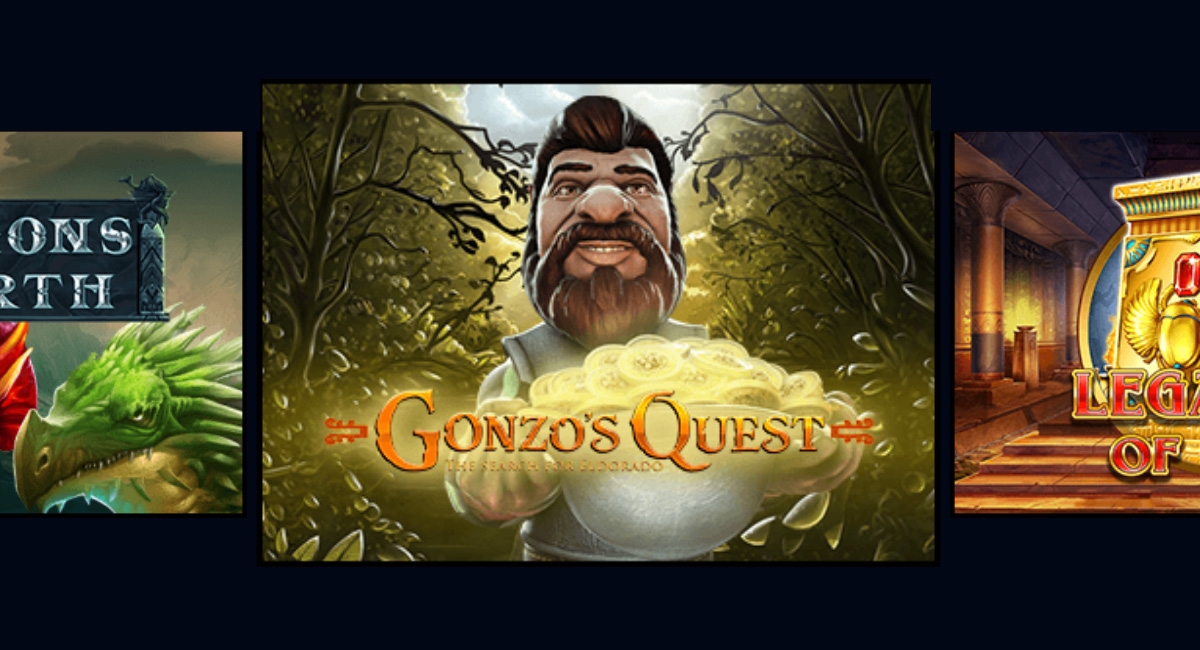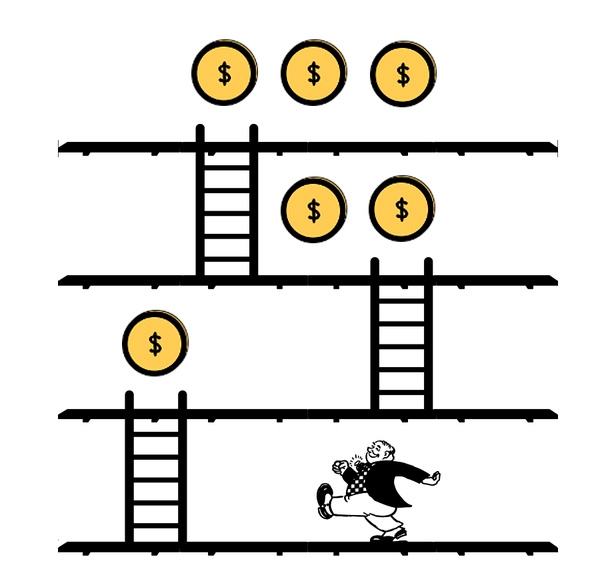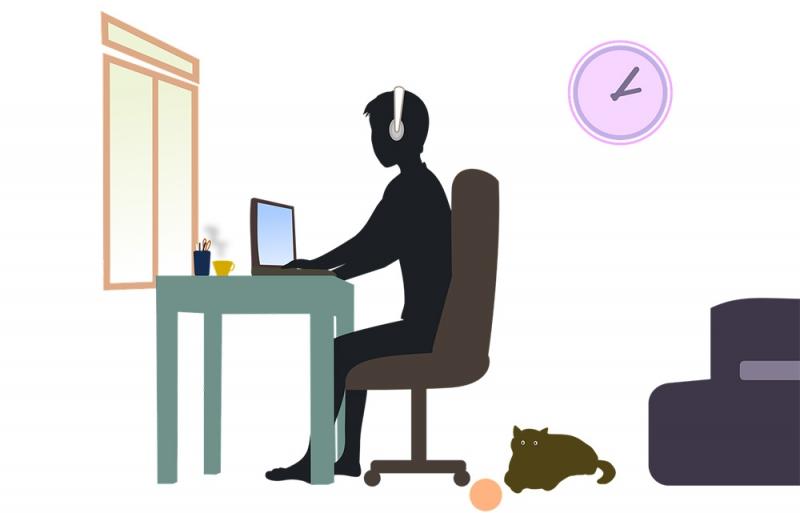
What is gamification and how businesses are using it?
What’s Gamification?
Gamification is the incorporation of game concepts into different processes or tasks. The main goal of this approach is to raise awareness and engagement in specific tasks, in particular those tasks which are considered mind numbing and/or repetitive.
The best online casinos bind the elements of proceeding through VIP levels into a game, to motivate and better employees in a sales company, when doing online courses with e-learning, and so much more. It’s used for social media, customer engagement and energy-saving campaigns. In this article, you’ll read about this concept and how it’s employed in the business world.

PHOTO: MyTechLogy Where IT Talents Shine, Pixabay
How Does it Work?
An exciting rewards scheme is the backbone of a successful gamification process. Standard rewards include points, badges, levelling-ups, virtual currencies, improved avatars, and progress bars. Those rewards keep users engaged and can be used to boost a company’s productivity. It’s also great for raising consumer awareness of a new product, stimulating energy-saving, educational purposes, and more.
Those concepts should adapt to tasks required by clients. Rewards and aesthetics are customizable to fit every situation. Yet, for specialists in gamification solutions, it isn’t about designing games for marketing purposes. Instead, it’s about applying challenges and rewards that make games so addictive.
Gamification History
The concept of gamification first came out in the early 2000s. Still, it only started gaining traction in 2008, when companies like BunchBall, Qstream, and Ringorang emerged. Bunchball has gamified TV shows, like The Office and Psych, to engage fans, for instance. Both projects were tremendously successful.
The “Dunder Mifflin Infinity,” based on The Office, gathered 1 million visitors. The numbers for Psych are even more impressive: 16 million. The gamified version of the TV show increased the number of visitors on the show’s official page something about five times per month.
Gamification in Business

PHOTO: Pintera Studio, Pixabay
Gamification is in a clear upward trend in the business world. Social games are very effective in boosting engagement with specific themes. More than a fun interface between customers and brands, it’s also excellent in-office communication and productivity. Setting goals, rewards, and simple tokens can do wonders for an organization, productivity, and delivery.
This concept is gaining space even in business meetings. A structure composed of collaboration, healthy competition, and rewards makes meetings more effective. More managers are discovering in gamification an ROI (Return on Investment) improving tool for meetings.
But, the specialist author Yu-kai Chou points out that gamification isn’t magic. The one-size-fits-all has been tried and tested in the past, with unsatisfying results. There are specific strategies to be observed before jumping into a gamification process. First of all, not all games are fun. Poorly designed games can backfire with customers and become a burden to employees.
According to Chou, gamification should achieve clear goals and measurable results. For such, you should know what kind of audience you’re creating this scheme for and with what purpose. Is it for employees or customers? Is it to boost sales or online engagement?
Above all, Chou remarks that only games that mix challenge and psychological appeal are successful.
Busting Myths
The concept of gamification is about 20 years old now, but it remains unclear for many people. In this section, some of the main misconceptions surrounding gamification will be debunked.
- Competition leads to more productivity.
It can be true in some cases, but it can be a disastrous way to stimulate productivity. The game, to be effective, can’t daunt or intimidate people. Otherwise, employees won’t cooperate. Gamification towards a dynamic of interaction and collaboration has been showing great results.
- All that shines is gold.
Colourful and sprinkling graphics on a screen will get boring, eventually. A successful game requires more than shiny graphics. Fun with a sense of direction tends to keep users engaged over time, even if the graphics aren’t spectacular.
- Everyone loves a badge.
Coins, badges, and leaderboards are great gamification tools. Still, they don’t win the game by themselves. Tossing them into your app or page without careful consideration can be useless. Consider adding things like storylines and missions.
- Gamification equals game.
Wrong! Not every gamified process should look like an actual game. Interfaces that are attractive, simple and intuitive are much more effective than amazing graphics in poorly planned platforms.
Conclusion
Gamification permeates several activities, from language-learning and weight-loss to commercial purposes. It’s a great way to make a potentially bothersome or ineffective task into a fun and productive process. You can find apps that gamify physical training routines, glucose control, money-saving, education, eating out, you name it. So, what would you like to play today?










